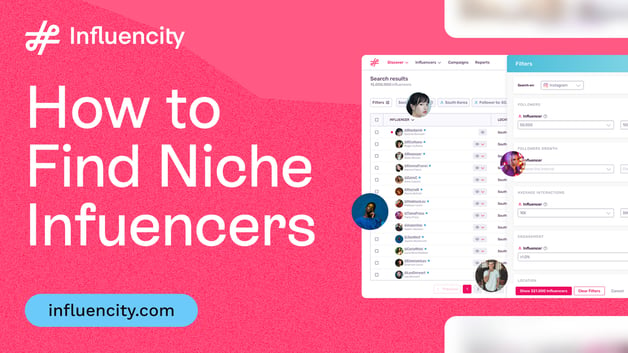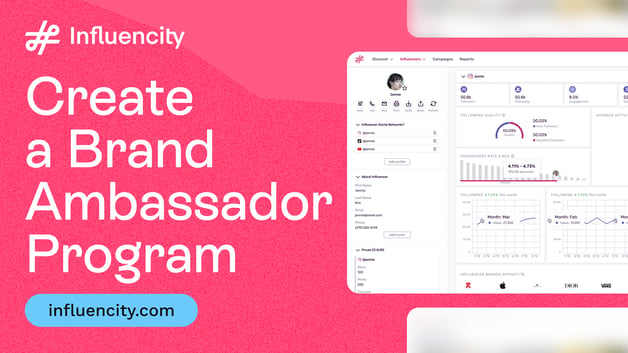Digital Marketing Strategy
How Apple Uses Influencers to Engineer Hype: A Go-To-Market Strategy Breakdown
Digital Marketing Strategy
Apple not only redefines products, it redefines how they’re introduced. Their launches are choreographed.
Each moment is timed. Each message is deliberate. And every asset, from the keynote to a single YouTube thumbnail, points back to the same core story.
That level of precision is rare but attainable. Whether you're a product marketer at a start-up or a go-to-market strategist launching your 10th release, there's something to take from the Apple playbook.
That level of precision is rare but attainable. Are your Whether you’re a product marketer at a scaling startup? Aor a go-to-market strategist launching your 10th release? Well, regardless of your experience or role, there’s something to take from the Apple playbook.
In this post, Iwe’ll break down how Apple uses influencers to build anticipation, educate the market, and deliver consistent messaging across every stage of a product launch. We’ll also include a downloadable GTM toolkit at the end:
✔️ Influencer briefing template
✔️ Launch timeline
✔️ Key performance indicators to track real impact
This guide is especially useful if:
-
Your team is resource-constrained but impact-driven
-
You’ve struggled to create influencer content that aligns with your messaging
-
You want to build brand heat without relying solely on paid media
-
Your product is complex and requires consumer education to create the need for it
Influencer Roles in Go-To-Market Strategy: The Apple Method
Apple doesn’t treat influencers as an afterthought. They’re not brought in to “make some noise” after the campaign is already live. Instead, creators are used strategically to educate the market, shape early perception, and drive coordinated demand right alongside Apple’s owned channels.
Once Apple defines the product story, they bring in trusted creators to help deliver it with clarity, consistency, and credibility. Each influencer has a job to do. And Apple picks them carefully based on what that job is.
1. Market Education
Apple products often introduce features that are technically impressive, but not instantly intuitive for those less tech savvy. Instead of relying on press releases or spec sheets, Apple turns to creators who can explain complex things in simple ways.
Showing how a new camera system handles low light, or how to use the add-on of Chat GPT is much better than quoting megapixels or a written guide. These creators become some sort of translators translators.And because they’ve built loyal audiences over time, their explanations come with something extra: attention. People listen, because they know the creator isn’t just reading from a script.
2. Building Anticipation
Apple’s timing is everything. Influencers often release their first-look content right after Apple’s keynote, before most people can place an order, let alone get their hands on the product.
That timing creates a powerful emotional response: I want this now. Even if Apple doesn’t say supplies are limited, people remember past sellouts. They know Apple’s launches are events and being early feels like being part of something special.
Creators reinforce that feeling by showing the product in action while it’s still out of reach.
3. Brand Credibility
Apple doesn’t buy five-star reviews. They partner with creators who are known for fairness, the kind who will call out weak battery life or a buggy feature when they see one.
And that’s exactly why it works.
When those same creators say, “This is the best phone I’ve tested all year,” it carries real weight. Apple isn’t paying for praise. They’re putting the product in the hands of people who critique for a living — and letting the quality speak for itself.
If you believe in what you’re launching, that’s the smartest move you can make.
What Makes Apple’s Go-To-Market Strategy Different?
Many brands take one of two extremes: they either hand creators a product with no guidance and hope for the best, or they over-script every frame and suck the life out of the content.
Apple takes a different path.
They give creators clear direction — what the product is, what matters most, what timing to follow — but they leave room for creators to speak in their own voice. No scripts. No brand voice policing. Just clear priorities and strong expectations.
Most importantly, Apple assigns creators a role in the launch. They’re not just making content. They’re helping people understand, evaluate, and want the product. They’re part educator, part early adopter, part hype generator.
By the time most people see the product, it doesn’t feel new — it feels inevitable. The next thing. And if you want in, now’s the time.
Apple gives creators a clear brief: what the product is, which features to focus on, and exactly when content should go live. But they don’t dictate the delivery. Creators are trusted to tell the story in their own voice as long as it aligns with the message Apple has already defined.
Pre-Launch Tactics: Whisper, Then Wow
Apple doesn’t tease. It simmers. While other brands release teaser trailers, post “coming soon” countdowns, or send influencer seeding kits a month before launch, Apple builds anticipation by staying silent. When leaks happen, they’re almost never official — and that’s the point.
The pre-launch phase is about curiosity. Rumours start to swirl. Tech journalists dissect patents. Fans analyze blurry photos of factory molds. This whisper campaign creates momentum without Apple saying a word.
And then comes the shift: the wow moment.
Apple flips the switch with a keynote — usually pre-recorded, tightly edited, and packed with storytelling. And within hours, creator content starts landing.
Unboxings. Reviews. Hot takes. All timed to hit while the keynote buzz is still fresh.
Trusted creators like Marques Brownlee (MKBHD), Justine Ezarik (iJustine), or Brian Tong often receive embargoed access days in advance. They’re given enough time to test the product, create their content, and prepare to publish the moment Apple gives the green light.
The result? When the keynote ends, your YouTube homepage is already filled with real-world reviews. The product story doesn’t trail the announcement. It launches in parallel, on every platform, in every format.
This does two things:
- It reinforces the message. You don’t just hear it from Apple. You hear it from people you follow.
- It gives potential buyers a way to visualize how the product fits into their life, not just Apple’s narrative.
And it all happens before most people even have a chance to buy.
Launch Execution: Turning Influencers Into Broadcasters
Apple doesn’t wait for people to find the news. They flood the newsfeed. Within hours of Apple’s keynote event, social platforms light up with first-look videos, unboxings, and hands-on reviews (all from creators who were under embargo just days before). This wave isn’t random. It’s choreographed.
The timing is tight.
The voices are trusted.
The content is everywhere.
What sets Apple apart isn’t just who they work with — it’s when those creators go live.
How Apple Times Influencer Uploads Within Hours of Keynotes
Launch content doesn’t trickle out slowly. It hits all at once. You open YouTube or scroll through TikTok and suddenly, it feels like everyone is talking about the same product.
You’re surrounded by it — not because of ads, but because creators you follow are all posting about it in their own way, on the same day.
These creators act like broadcasters, extending Apple’s reach far beyond its own channels. But instead of repeating the keynote word-for-word, they add texture: showing the product in real life, reacting in real time, and offering personal takes that feel less scripted — because they are.
This timing matters. When dozens of creators drop content all at once, it triggers something that traditional marketing rarely does: it feels like a shared moment.
That momentum drives clicks, shares, conversations, and most importantly, action.
The Role of UGC in Amplification
While Apple doesn’t rely on user-generated content (UGC) to tell the story early on, it plays a key role in what happens next.
Once the flagship creators publish their reviews, their audience responds with their own reactions:
- “Should I upgrade from the 13?”
- “Can someone confirm the battery life on this?”
- “This camera looks insane… has anyone tested it on a shoot?”
These UGC conversations ripple out, fueling algorithmic reach, influencing search trends, and keeping the product in circulation long after the keynote ends.
The result? A launch that doesn't feel like a single event. It feels like a sustained wave of visibility.
And it starts with creators who were given the tools, timing, and trust to act like broadcasters, not billboards.
Post-Launch: Keeping the Buzz Alive
Apple plans for the long tail, intentionally extending the conversation in the weeks that follow.
Once the hero creators have dropped their videos and the keynote moment fades, Apple shifts to phase two: amplifying relevance. This is where mid-funnel creators step in. They’re not there to make noise. They’re there to add depth.
You’ll see niche tech reviewers, photographers, fitness creators, and developers creating content that zeroes in on specific use cases—each one reinforcing the idea that this product isn’t just shiny. It’s useful. Personal. Worth it.
This second wave serves two purposes:
- It sustains momentum so the conversation doesn’t die the day after launch.
- It localizes the value, delivering targeted content that helps different buyer segments see themselves in the product.
And Apple pays attention. If a feature unexpectedly takes off in early videos or social chatter, you’ll see it echoed in later creator content. The message tightens as it spreads.
For GTM teams, the takeaway is this: Your launch moment isn’t your only moment. Plan for the follow-through.
Go-To-Market Strategy Toolkit: Plan to Launch Like Apple
Great launches don’t start with content. They start with clarity. Apple’s approach works because it’s built on a crystal-clear message and a well-timed rollout. You don’t need Apple’s budget or keynote stage to make this work for your brand. You just need to align your internal and external teams around a shared plan.

GTM Plan to Launch Like Apple
Use this as a guide to build your own creator-driven GTM plan.
Suggested Timeline
6-8 weeks pre-launch
- Finalize your product narrative
- Identify and contract creators
- Ship product for testing
- Set creative expectations (talking points, timing, approvals)
1 week before launch
- Embargoed content begins production
- Previews, teaser shots, and social listening setup
Launch day
- Creator content goes live within 1–3 hours of your official announcement
- All brand and influencer posts push the same story
1–3 weeks post-launch
- Mid-funnel creators dive deeper into feature-focused content
- Repurpose high-performing UGC
- Refine messaging for paid amplification
What Success Looks Like
- Tight alignment across brand, creator, and product messaging
- A flood of launch-day coverage from trusted voices
- A longer-tail conversation driven by value-based content
- Content that not only builds awareness but shortens the path to purchase
You don’t have to be Apple to pull this off. You just have to plan like they do.
Tags:
Technology & Innovation
Lynne Clement
Lynne Clement knows influencer marketing from every angle, having worked across agencies, brands, and platforms for nearly 20 years. Her insights come from marketing experience at Procter & Gamble, leading marketing strategy and execution at a top influencer agency, and working inside an influencer platform. During...





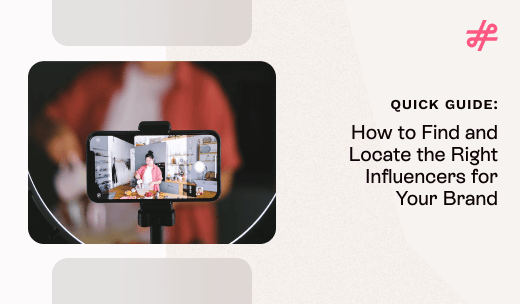





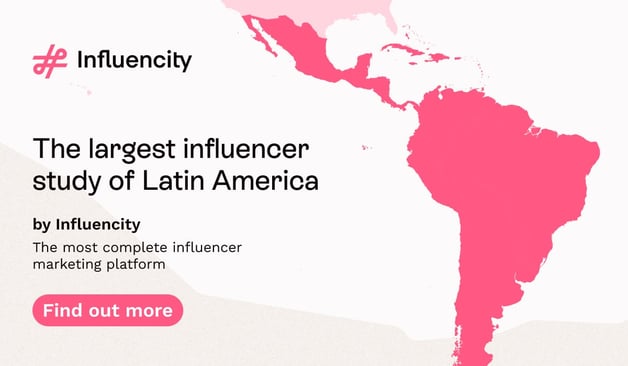


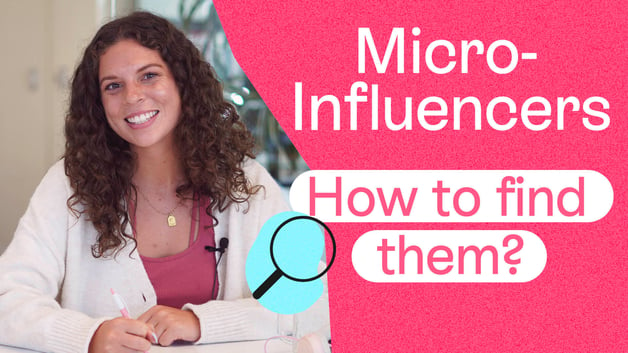


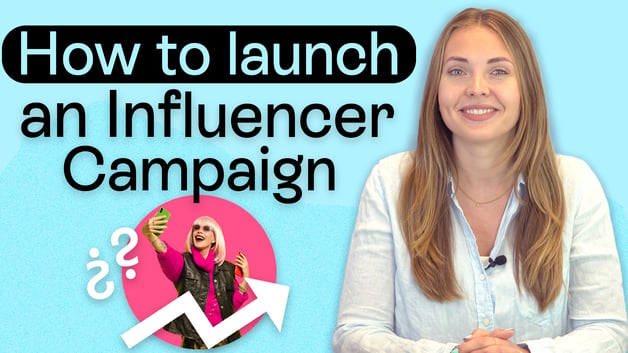



%20and%20How%20Can%20They%20Benefit%20Your%20Brand%20article.jpg?length=628&name=What%20Are%20Key%20Opinion%20Leaders%20(KOL)%20and%20How%20Can%20They%20Benefit%20Your%20Brand%20article.jpg)
